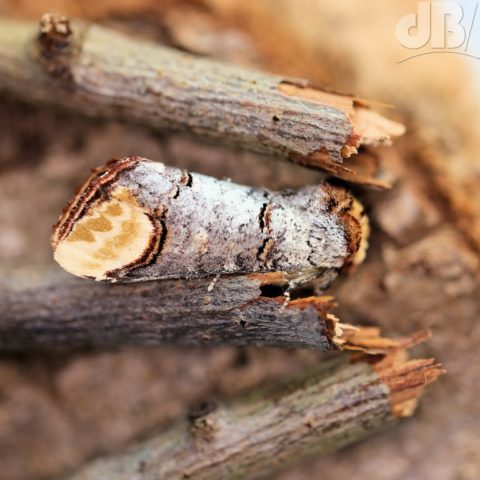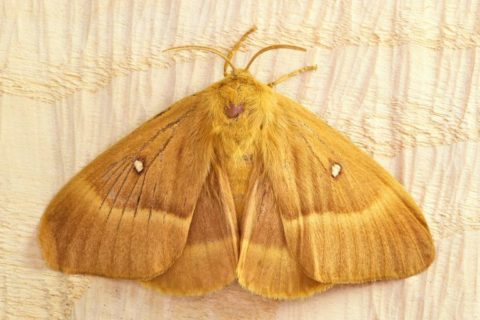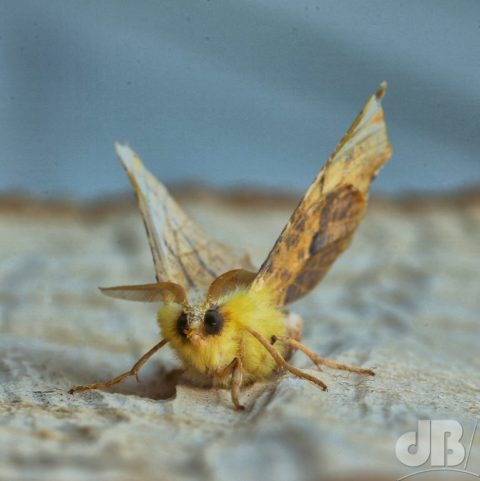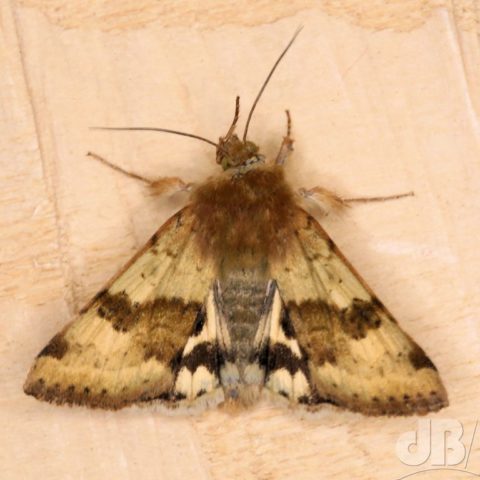There was a ludicrously ill-informed and essentially anti-scientific letter in The Graun at the weekend. It was from someone who had obviously just learned that there are a handful of people over the country who are amateur lepidopterists and regularly “trap” moths by drawing them to an ultraviolet light at night.

The letter talks of the author’s sadness on learning about moth trapping. It goes on to say that moth trapping:
must cause terror and damage their fragile wings and bodies. Most adult moths only live for days or weeks, so trapping them overnight is akin to incarcerating a human for years. That night they might have been sipping nectar and pollinating plants or providing lunch for a bat. They might have been seeking a lover or the right plant to lay eggs on so that their offspring can eat and be safe — both are harder now that their numbers have declined and their habitats have been lost
Terror? Incarceration? Sipping nectar? Providing lunch? Seeking a lover?

Moths are insects. Yes, they are beautiful. They do not take part in those activities in such a nuanced anthropomorphic sense nor have the ability to feel the terror the authors mentions. In fact, moths are drawn to a light, as everyone knows, and most settle down in the trap unharmed to be identified, logged and released back into the wild the next day. I’ve discussed all this before. One obvious benefit to any trapped moth is that they will not be eaten that night. A single pipistrelle bat will eat 3000 insects a night on a balmy evening, a large proportion of those insects will be micro moths and caddisflies. There are still plenty to go around even if a few dozen are trapped.

Moreover, most moth-ers are very much eco-minded and plant native plants and create a habitat on their site whether garden or nature reserve that encourages all wildlife, including moths and provides the native plants for insect larvae, and draws in birds and bats. The most important aspect though is that it is usually a scientific endeavour that involves logging and reporting species so that science has a better perspective on the world of moths, and moth trap intruders. We can then know when the migrants turn up, how weather variation and climate change are affecting species over the years and feed this back into the bigger picture of changes in wildlife. Without moth traps we wouldn’t really know that the night-flyers are out there at all or whether or not their numbers are rising or falling, and the author of the letter would be totally unaware of their “beauty” nor their “mystery”.

Retired teacher and moth enthusiast Graham Stocks had this to add to the above article
Those of us above a certain age grew up with 'Nature Tables' at school and received a good grounding in our education of the natural world - something children these days seem to be lacking. As we know, there are Coleoptera Groups, Hymenoptera Groups and goodness knows how many other specialist animal and plant-watchers busily at work doing absolutely no harm at all. Quite the opposite, of course, we're all keeping a watchful eye on life around us. These facets of the natural world are effectively canaries in the mine, telling us what's happening to our natural environment - sadly, most of it not for good but ill.
There have been a couple of responses from scientists, to the original ignorant letter, that explain the rationale for ethical moth trapping and recording and reporting of data.